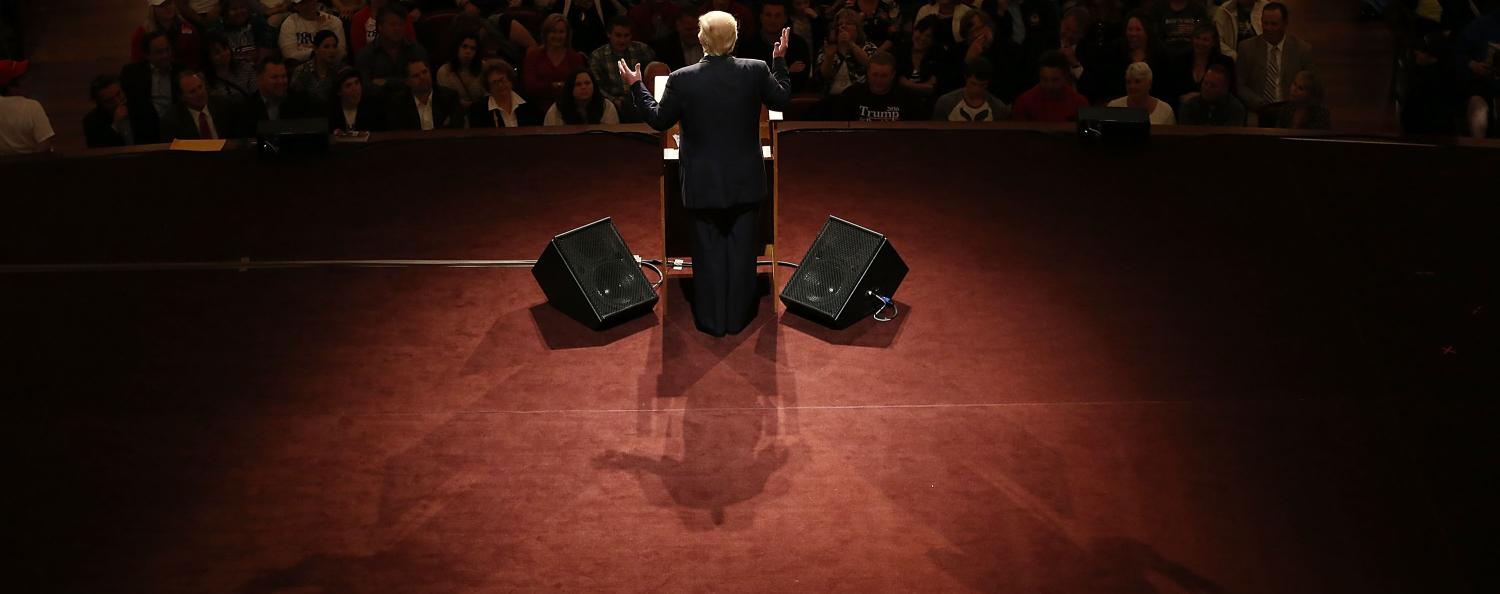Last week The Australian announced that the paper will be reopening its bureau in Washington next year as a result of Donald Trump’s presidential victory. The correspondent on the ground will be current associate editor Cameron Stewart, responsible for this incredible yarn from August on the DCNS submarine design leaks. As the paper’s media editor Darren Davidson noted, Trump gets the hits:
Set to open in 2017, (Editor-in-chief Paul) Whittaker said the bureau is a sign of how the paper is aiming to achieve quality coverage of the biggest stories and rationalise costs by shifting resources towards subscriber demand...evidence of strong interest from readers in President-elect Donald Trump’s reset of the US was seen this week when Nielsen’s latest online audience figures revealed The Australian attracted a bigger monthly audience in October during the final weeks of the race for the White House.
And the hits matter, especially as yesterday The Australian's publisher, News Corp Australia, announced it would be cutting 42 full-time equivalent roles after a fall in print advertising revenue; forced redundances appear likely. Stewart is extremely talented, and his reporting from Washington on Trump’s ‘reset of the US’ will no doubt be superb. But unfortunately there’s a price to The Australian's pivot:
To meet ‘our changed priorities’, Mr Whittaker said the paper is closing the South Asia bureau (currently staffed by Greg Bearup), but Southeast Asia correspondent Amanda Hodge will take on additional responsibilities for the region, based in the Indonesian capital.
‘It's amazing that the amount of news that happens in the world every day always just exactly fits the newspaper’, said Jerry Seinfeld. While the media universe is no longer so newspaper-centric, Seinfeld’s basic premise still holds; there is a somewhat elastic but ultimately finite capacity for both news generation and news consumption. And a figure like Trump demands attention.
So is Trump overanalysed and overcovered? Probably. There's certainly no doubt Stewart will find it harder to dredge up original scoops and angles in the US than Bearup did in South Asia. Australians are also much more familiar with US media outlets than with South Asian media outlets. There's already one prominent US media outlet in Australia and an even more prominent one is on the way, plus 52.2% of Australians already use (predominantly American) social media outlets as a source of news.
But there’s no denying that Trump has made the US more newsworthy, making a somewhat increased focus on US politics justified. Trump is dramatic and volatile – he makes the world a more uncertain place, and our status as a ‘nervous ally’ and our temptation to view world events in the context of his impending presidency is quite reasonable.
Trump or no Trump, however, the world will keep on turning, and events that have absolutely nothing to do with him will keep on happening. Unfortunately, the attention that both journalists and audiences pay to Trump is (at least in part) attention unpaid elsewhere. Our obsessions have an opportunity cost – in our case, that cost is the national broadsheet having one correspondent covering two regions in Australia's maritime backyard with a combined population of 2.3 billion, and having a lesser understanding of both as a result.
Photo: Getty Images/Jon Raedle
